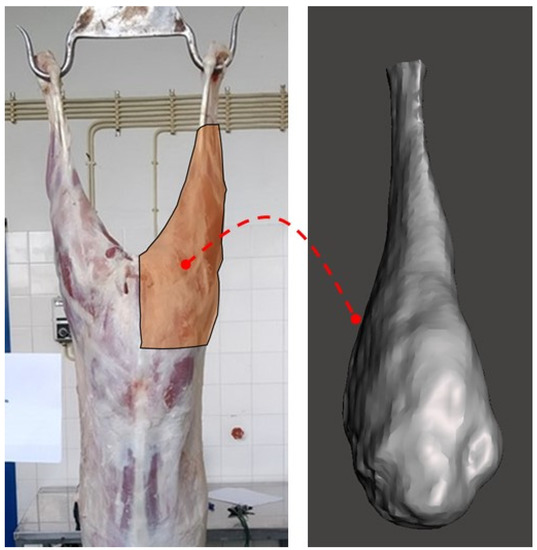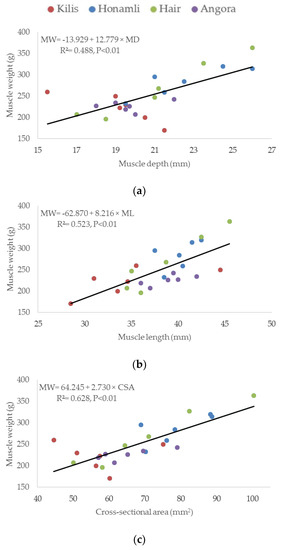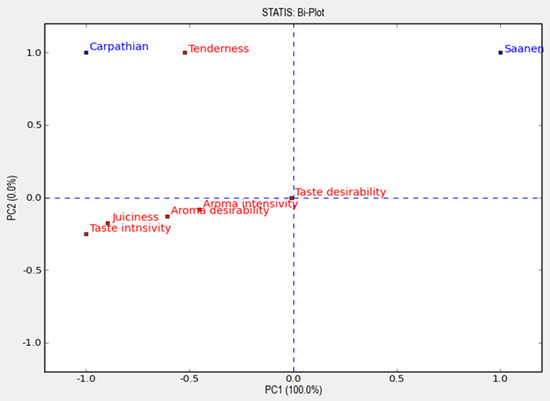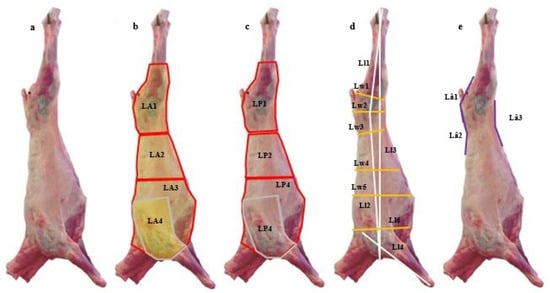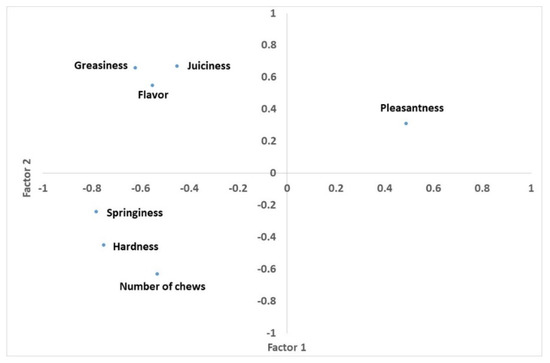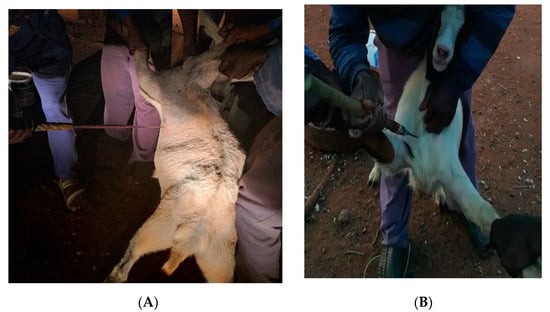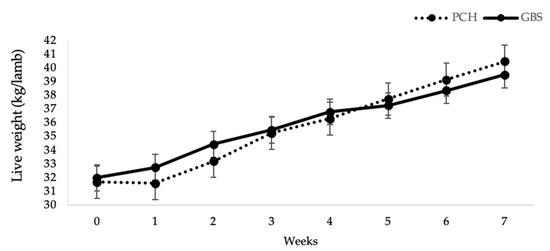Carcass Composition and Meat Quality of Small Ruminants
A topical collection in Animals (ISSN 2076-2615). This collection belongs to the section "Small Ruminants".
Viewed by 57281Editors
Interests: small ruminant; carcass composition; meat quality
Interests: carcass composition; meat quality; image and spectroscopic methods for carcass evaluation
Special Issues, Collections and Topics in MDPI journals
Interests: animal growth; meat quality; nutritional value
Special Issues, Collections and Topics in MDPI journals
Topical Collection Information
Dear Colleagues,
A diversity of sheep and goat breeds and production systems offer a wide variety of carcass types on the regional and world market. For the development of value-based payment and marketing systems across countries, the assessment of carcass grading and composition of the carcass is essential. Adequate levels of fat and a higher proportion of lean to bone are the most appreciated attributes in many worldwide countries. Kid and lamb meat is also considered a product with a high edible value and in the EU is frequently associated with meat quality labels, such as Protected Denominated Origin (PDO) or Protected Geographical Indication (PGI). In any case, scientific knowledge about carcass composition and meat quality is important to provide information to producers, retailers, and consumers.
In this Special Issue of Animals, we invite the submission of manuscripts, both original research and review articles addressing methodologies and techniques for evaluating sheep and goat carcass composition and meat quality, fundamentally non-invasive and non-destructive ones. Manuscripts that discuss factors that influence small ruminant carcass and meat quality such as genotype, sex, production system, weight and age, and pre-slaughter and post-slaughter conditions are also welcome. We invite you to share your recent discoveries through this Special Issue.
Prof. Virgínia Alice Cruz Dos Santos
Prof. Severiano R. Silva
Dr. Cristina Miranda Guedes
Guest Editors
Manuscript Submission Information
Manuscripts should be submitted online at www.mdpi.com by registering and logging in to this website. Once you are registered, click here to go to the submission form. Manuscripts can be submitted until the deadline. All submissions that pass pre-check are peer-reviewed. Accepted papers will be published continuously in the journal (as soon as accepted) and will be listed together on the collection website. Research articles, review articles as well as short communications are invited. For planned papers, a title and short abstract (about 100 words) can be sent to the Editorial Office for announcement on this website.
Submitted manuscripts should not have been published previously, nor be under consideration for publication elsewhere (except conference proceedings papers). All manuscripts are thoroughly refereed through a single-blind peer-review process. A guide for authors and other relevant information for submission of manuscripts is available on the Instructions for Authors page. Animals is an international peer-reviewed open access semimonthly journal published by MDPI.
Please visit the Instructions for Authors page before submitting a manuscript. The Article Processing Charge (APC) for publication in this open access journal is 2400 CHF (Swiss Francs). Submitted papers should be well formatted and use good English. Authors may use MDPI's English editing service prior to publication or during author revisions.
Keywords
- Small ruminants
- Carcass composition
- Meat quality
- Sensory quality
- Non-invasive and non-destructive techniques










